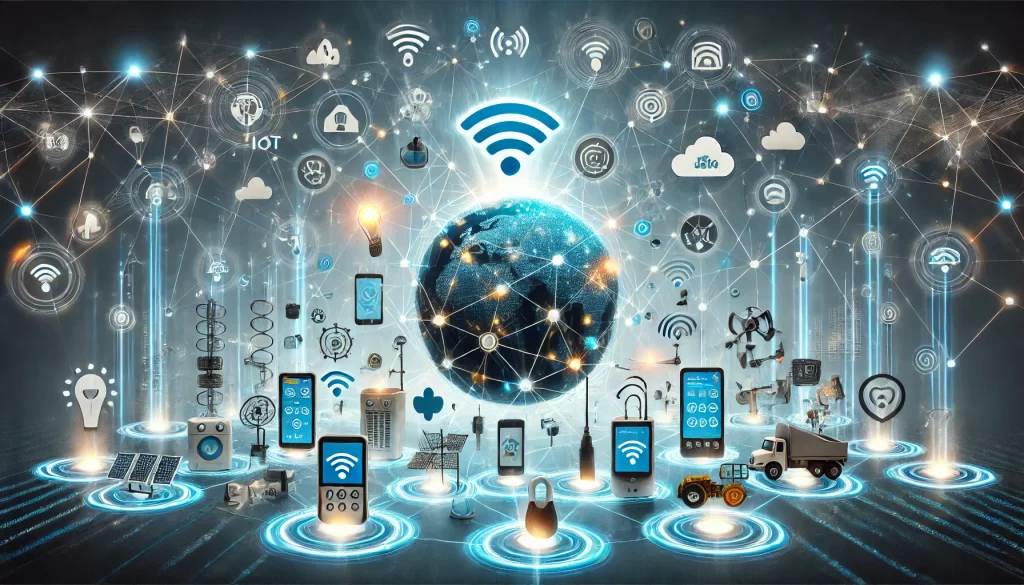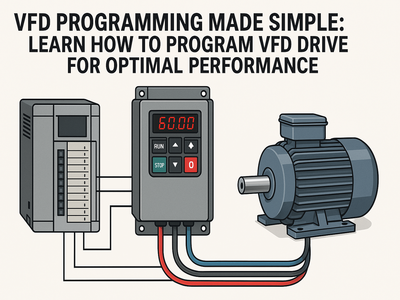The Internet of Things (IoT) is revolutionizing industries, homes, and businesses by creating smart, connected environments. However, the process of integrating IoT devices is not without its challenges, particularly when it comes to connectivity and compatibility. As IoT devices become more prevalent across various sectors, understanding and addressing these hurdles are critical for successful implementation and ensuring smooth operation. Let’s take a closer look at the key challenges of IoT device integration and how to overcome them.
1. Connectivity Challenges
Connectivity is the backbone of IoT devices. Without reliable communication between devices, systems, and platforms, the entire ecosystem falters. The challenges related to connectivity in IoT integration include:
- Network Congestion and Latency: As more devices are connected, the network becomes congested, leading to delays and inefficiencies in data transmission. High latency can affect the real-time performance of IoT systems, especially in industries like healthcare or autonomous vehicles, where speed and reliability are crucial.
- Limited Bandwidth: Many IoT devices, particularly in industrial settings, generate massive amounts of data. Limited bandwidth may not be sufficient to handle the large data streams, leading to bottlenecks that hinder device performance.
- Connectivity Protocols: Different IoT devices use different communication protocols, such as Wi-Fi, Bluetooth, Zigbee, or LoRa. Ensuring smooth communication between these devices requires compatibility across protocols, which may not always be achievable without specialized systems or gateways.

Solution:
To overcome these connectivity challenges, it’s essential to use advanced networking technologies that offer scalable, high-performance solutions. For example, adopting 5G technology can enhance bandwidth and reduce latency, making it ideal for high-demand IoT applications. Additionally, edge computing can help process data locally, reducing the need for constant communication with the cloud, thus improving performance. For interoperability between various communication protocols, businesses can implement IoT gateways or protocol converters that bridge the gap.
2. Compatibility Issues
As IoT adoption grows, compatibility between devices, platforms, and manufacturers becomes an increasingly important challenge. These issues can manifest in several ways:
- Device Heterogeneity: IoT devices come from different manufacturers, each with their own standards and protocols. This diversity creates significant compatibility issues when integrating devices into a unified system. For example, a smart thermostat may not easily communicate with security cameras or light bulbs from different brands.
- Software and Firmware Incompatibility: Devices may require specific software or firmware updates to communicate with other devices. Without proper updates or synchronization, these devices might not work together, affecting the overall system’s functionality.
- Vendor Lock-In: Many IoT solutions are proprietary, meaning devices and systems from a single vendor may not work with those from another vendor. This limits flexibility and could increase costs for businesses and consumers seeking a diverse range of connected devices.

Solution:
To tackle compatibility issues, it is crucial to adopt open standards and protocols that promote interoperability across devices from different manufacturers. Industry standards such as MQTT (Message Queuing Telemetry Transport) or CoAP (Constrained Application Protocol) can help improve communication and integration between devices. Furthermore, cloud-based platforms like Amazon Web Services (AWS) or Microsoft Azure offer universal connectivity layers that support various IoT devices and ensure compatibility across the board.
Regular firmware updates are vital to ensure devices stay compatible as new software or protocols emerge. Companies should also look for solutions that support a wide range of devices and platforms, allowing seamless integration even in complex environments.
3. Data Management and Security Concerns
With IoT devices generating vast amounts of data, managing and securing this data is another challenge. Not only does this data need to be processed efficiently, but it also needs to be protected from cyber threats.
- Data Overload: The sheer volume of data from thousands, or even millions, of devices can overwhelm networks and cloud storage, making it difficult to extract actionable insights in real time.
- Security Risks: IoT devices are often vulnerable to cyberattacks, particularly if they are not adequately secured. A breach in one device could compromise the entire network, posing serious risks, especially in industries like healthcare or finance.

Solution:
Effective data management strategies must be implemented to handle the high volume of data generated by IoT devices. This may involve using cloud platforms with robust data storage capabilities or implementing edge computing to process data locally. In terms of security, adopting encryption, multi-factor authentication, and regular security patches can mitigate the risk of breaches. Additionally, adopting a “zero-trust” security model can help ensure that all devices and users are continuously verified before gaining access to the network.
4. Power Management
Power consumption is a critical consideration when integrating IoT devices, particularly in remote or outdoor environments where constant access to power sources is not feasible. Many IoT devices, especially sensor-based ones, need to run on batteries, which limits their lifespan and operational efficiency.
Solution:
Low-power communication protocols, such as Zigbee or LoRaWAN, can help reduce energy consumption in IoT devices. Moreover, energy harvesting techniques, such as solar power or kinetic energy, can provide a sustainable power source for IoT devices, reducing the need for frequent battery replacements.
5. Scalability and Flexibility

As businesses scale, they need their IoT systems to grow with them. A lack of scalability can hinder IoT integration as more devices are added to the network. Additionally, systems that are not flexible enough to accommodate new devices or evolving technologies can quickly become outdated.
Solution:
Adopting modular, flexible IoT platforms that allow for easy expansion is essential for scalability. Cloud-based IoT solutions offer scalability by enabling businesses to add more devices and storage capacity without significant infrastructure changes. Also, investing in systems that support future technologies such as 5G or AI ensures that your IoT ecosystem remains adaptable as new innovations emerge.
Conclusion
IoT device integration presents numerous challenges, including connectivity, compatibility, data management, security, and scalability. However, by employing the right technologies, standards, and strategies, businesses can overcome these obstacles and build robust, scalable, and secure IoT ecosystems. As IoT continues to evolve, staying informed about the latest trends and best practices will be crucial to ensuring the successful integration of these devices into various industries. By addressing these challenges head-on, organizations can fully unlock the potential of IoT, driving efficiency, innovation, and new opportunities.
At Aknitech Automation, we specialize in providing innovative solutions for industrial automation, offering expertise in integrating advanced IoT systems for improved operational efficiency. Let us help you overcome the challenges of IoT integration and drive your business towards greater success.







